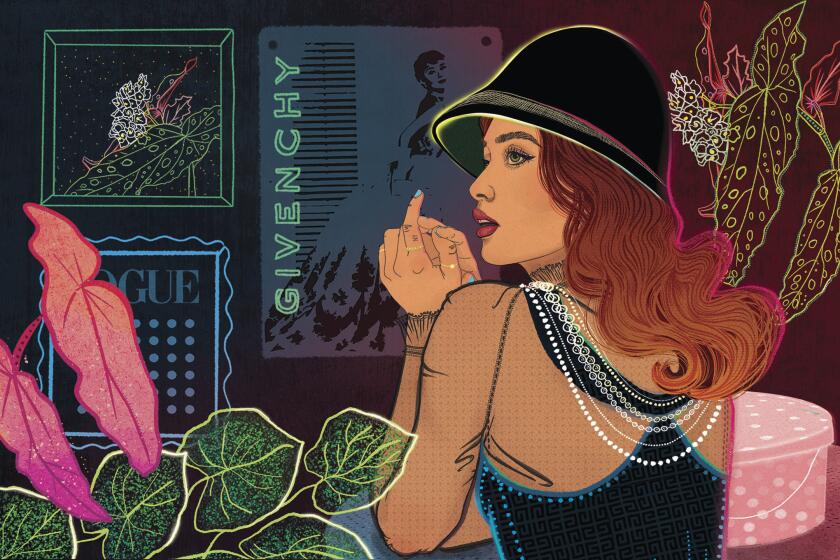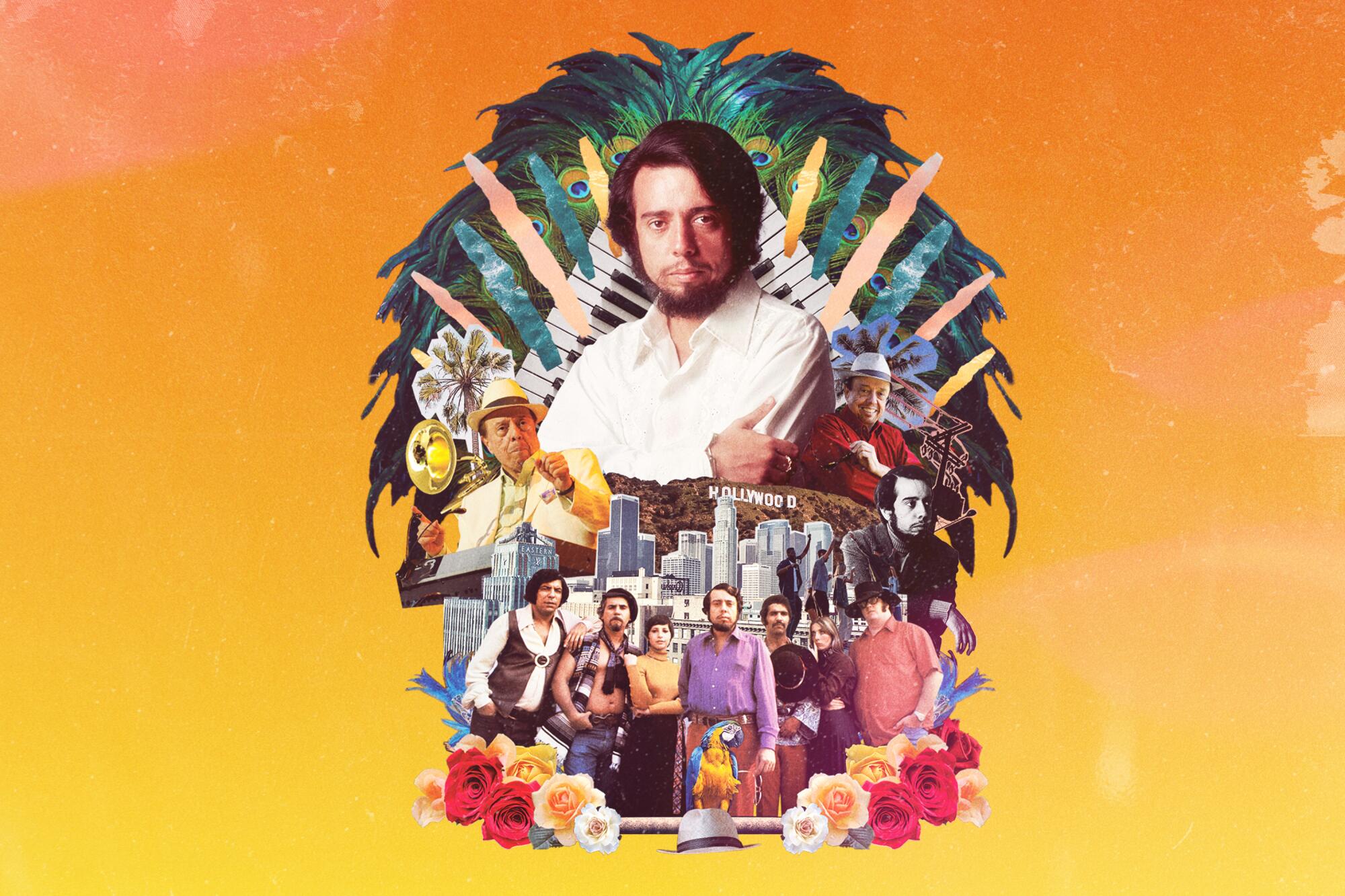
- Share via
I’m having a flashback to my high school dance class. It’s 2005 and I’ve recently moved to Miami from Brasília. My instructor, a long and nimble blond woman, presses play on her stereo while we stretch, but to my surprise — I expected our usual New Age vibe — I hear jubilant drums and singing in Portuguese. It’s a samba tune, titled “Magalenha,” composed by Carlinhos Brown and recorded by Sérgio Mendes, a Brazilian musician I’ve listened to since childhood, his sprightly, jazzy takes on bossa nova in the background of car rides or dinners at home.
As a Brazilian who has grown up moving around, music has been one of my constant refuges, a way for my body to travel to Brazil and back. I’ve shared playlists of Mendes’ music with friends, typed out his name in Word docs, so they knew how to pronounce his name phonetically: Main-jees.
This story is part of our issue on Remembrance, a time-traveling journey through the L.A. experience — past, present and future.
Mendes helped put Brazilian music on the map in the United States. Before his arrival, Americans mostly knew the sound of Brazil as Carmen Miranda — and her fruit hats. But Brazilians longed for a more nuanced, less stereotyped portrait. Mendes delivered that and so much more. Sure, he didn’t accomplish this change alone, but the legacy he built here, specifically in Los Angeles where he’s now been for most of his life, stands out from his contemporaries. “He’s a translator,” says will.i.am, rapper and lead member of the Black Eyed Peas, in a new documentary by John Scheinfeld, “Sérgio Mendes: In the Key of Joy.” “He translated something going on in Brazil to the whole world.”
Translation is a process of illuminating one language and culture through another. Mendes is among the great translators of sound in recent memory. The best translations don’t erase the original language and culture but rather integrate them into the other. That’s what Mendes did. A pianist who’s arranged and produced his songs, he folded Brazilian rhythms and language into American jazz and folk until they became intertwined, part of each other. He did this outside the U.S. too, collaborating with Italian, French and Japanese musicians. He not only brought Brazilian music to the world but refreshed it with each interpretation, with each cultural encounter.
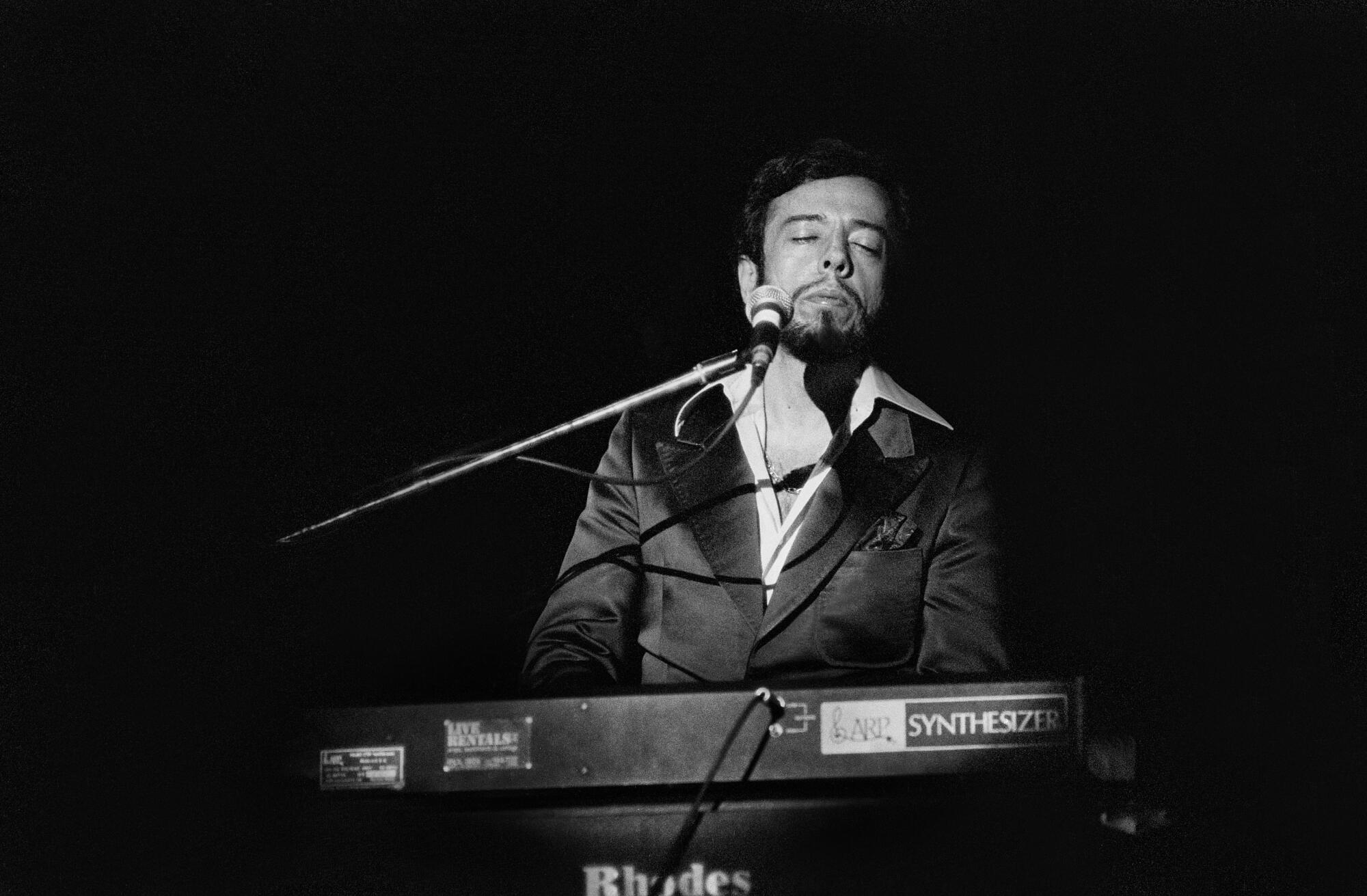
It makes sense that Mendes would flourish in L.A., having come from the similarly laid-back coastal city of Niteroi, near Rio de Janeiro. It’s a place where his bubbly and cool music fits. Bossa nova — which is what Mendes started playing in L.A. and what forms the backbone of his music to this day — was composed along the beaches of Rio, inspired by its mountainous landscape and beauty. He carried the open shape of its melodies with him, molding them until they also became a part of L.A.’s hills, avenues and beaches.
Listening to Brazilian music is like going home. But with Mendes there’s another layer to it because when I listen to his songs, I feel like he’s traveling there and back with me, between L.A. and the coast of Brazil.
::
Mendes has been an Angeleno since November 1964. He moved here to follow his artistic ambitions but he was also escaping a dictatorship that would engulf Brazil for the next two decades. Speaking a little English and with not much money, he got a small apartment in Glendale and his first car, a Chevrolet 1951, and discovered a city he didn’t know much about. “I immediately liked it,” Mendes, now 80, told me in Portuguese on a recent Zoom call. He was smiling, wearing his signature Panama hat and a lime green polo shirt. “I liked it because of the climate. It was so much less stressful than New York; it was relaxed. It had more to do with me.”
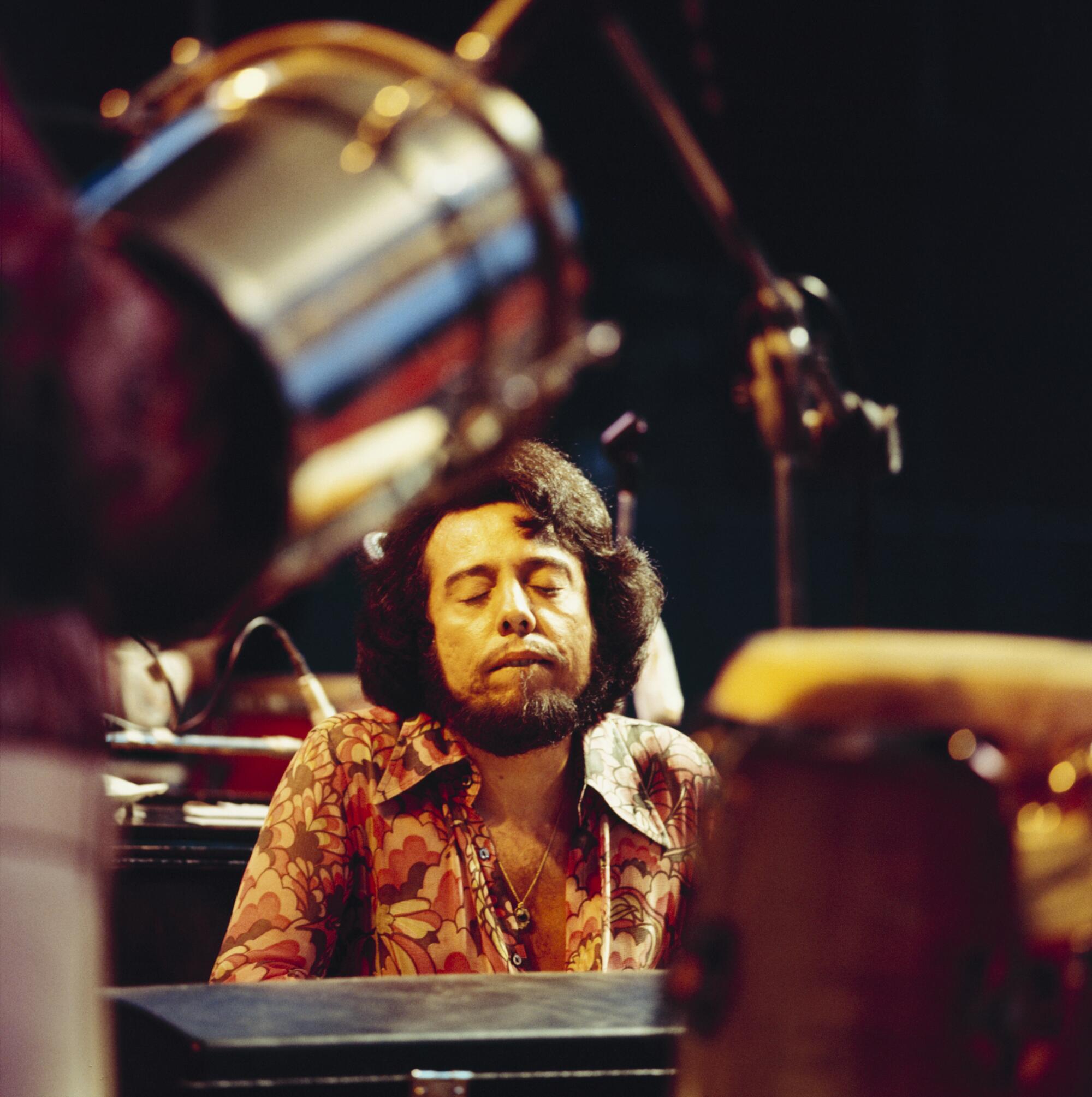
While Mendes was respected as a well-known musician from Brazil — when he was just 21 years old, he flew out to New York City from Niteroi to perform at a landmark Carnegie Hall concert of Brazilian music — he wasn’t famous when he arrived in L.A. His first band, Brasil ’65, despite being warmly received at jazz clubs like Shelly’s Manne Hole, didn’t take off. His next group, Brasil ’66, which he formed with the soulful Lani Hall, caught the attention of a new label known as A&M, spearheaded by Herb Alpert (of the Tijuana Brass) and Jerry Moss. (“I fell in love with the sound,” Alpert says in the documentary.) Brasil ’66 and A&M Records scored their first worldwide hit with “Mas Que Nada,” composed by Jorge Ben. The song launches into bouncy jazz piano, shakers and a buoyant chorus that sings of the urge to dance samba. And, unlike Tom Jobim’s version of “The Girl From Ipanema” that became famous in the U.S., “Mas Que Nada” (a playful expression that translates to “No way!”) was entirely sung in Portuguese. “People didn’t know what it meant, and it didn’t matter,” Mendes later recalled. “It just made people feel good.”
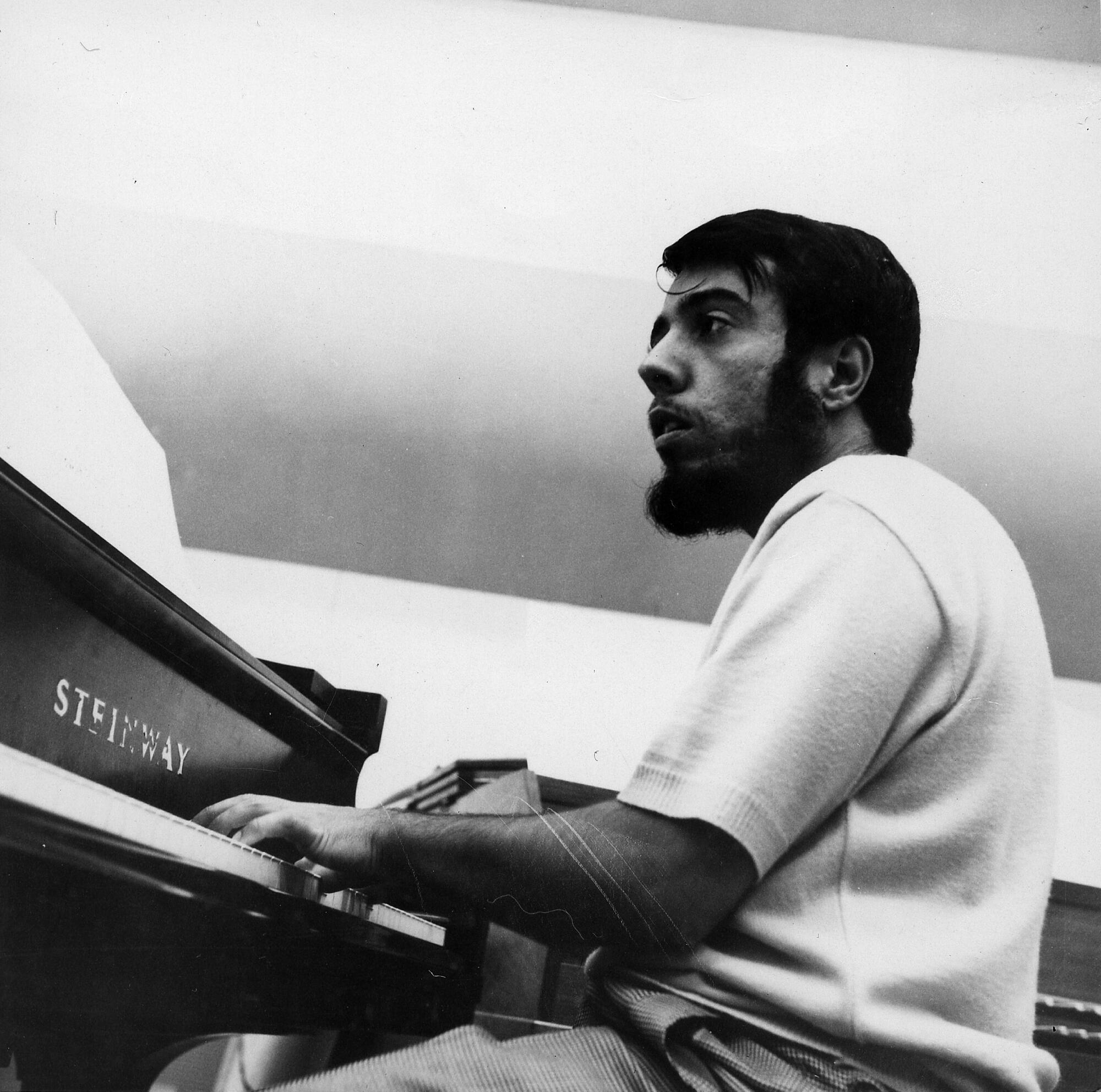
In L.A., Mendes became master of summoning and reimagining the sound of Brazil from afar. His music, to me, is about the pull toward home, as well as the thrill of assimilating with another culture. He put Brazilian twists on American songs — like Henry Mancini’s “Slow Hot Wind,” Cole Porter’s “Night and Day” and Burt Bacharach’s “The Look of Love,” which Mendes played to acclaim at the Academy Awards ceremony of 1968. One of Brasil ’66’s most successful interpretations was of the Beatles’ “The Fool on the Hill”; in a letter, Paul McCartney told Mendes that it was his favorite version of the song.
More stories from Image
Jamilah Lemieux riffs on the L.A. wave of going topless in public
We picked some of the coolest parents in L.A. culture. Now you can pick which one you want to be
Dave Schilling unpacks L.A.’s obsession with dad hats
These L.A. photographers offer a vision of what parenting can be
Melina Abdullah talks to Angela Flournoy about how we can all get to freedom
The ability to absorb and transform foreign influences is at the heart of Brazilian modernism and culture of the 20th century. You can trace this impulse to the 1920s, when artists used the analogy of the cannibal to explain their adoption of European modern art, as they blended it with a local sensibility to make something even better and stronger. A few decades later, musicians were emanating that same spirit, from the jazzy bossa nova to the psychedelic samba of the movement known as Tropicália. Mendes, while living abroad, fits squarely into this history.
He often jumped between languages and cultures; his love for language and the way words sound — two of his favorites “serendipity” and “complicity” — can be felt in his music. Whether it was a number in which Americans sang in Portuguese or Brazilians sang in English, he was unafraid of accents.
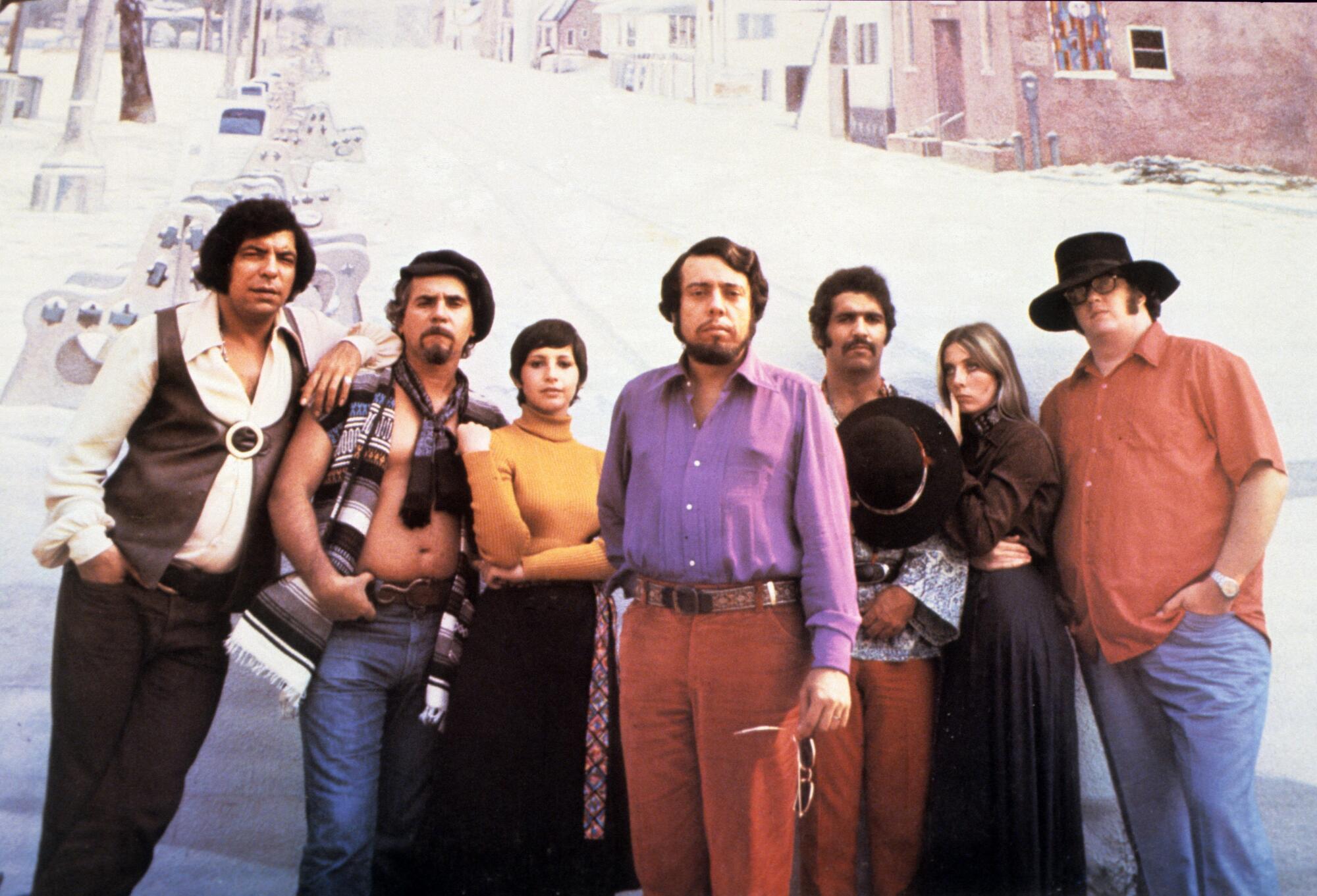
The word “joy” comes up a lot when describing Mendes’ music. Musician Scott Mayo, who has played with Mendes and appears in the aptly named film “In the Key of Joy,” says joy emanates from Mendes’ “totally passionate” sound. “It’s full of joy, it’s full of life, it’s full of pain,” he says. “If you took all of the emotions in the world and put it in one music, it’s Brazilian music.” Zadie Smith once described the nuances of joy as “that strange admixture of terror, pain, and delight.” In Brazil, we might describe the feeling one gets when experiencing the seemingly contradictory nature of this music — the joyous and painful — as saudade. It’s a word used to express missing something or someone but also more generally speaks to that admixture of warmth and melancholy when you feel the presence of an absence. The saudade of Brazilian music descends from colonialism and slavery: The samba beats were carried by the millions of enslaved Africans who were violently pulled away from their homes. Even centuries later, samba songs, while always upbeat in sound, still evoke acute longing.
In this installment, we toast the myriad ways in which L.A. parents practice the craft of care.
In Mendes’ music you can sense the singers smiling, the piano and drums running away with life, but it’s almost the sheer force of the sound, its open energy, that aches even as it brings pleasure. It’s that “Brazilian flavor” — as Mendes put it to me — that has a command over his songs. While he’s lived abroad for 57 years, he said, “Most of my ideas come from my life and what I lived through in Brazil.” You can hear that distance traveling through the music, between the drums and Portuguese and the English and jazz.
::
Brazilian music is best experienced live. When you see Mendes perform, you absorb his energy. It transforms you. His intentions are palpable: He wants to welcome you in until you feel at home. In 2019 I went to my first Mendes concert, at Royce Hall at UCLA. There were at least a dozen musicians onstage, a big family. Each bang of the drum, every piano key, each pitch in a voice was pronounced, alive, even mighty. The energy was reciprocal: What Mendes and his band shot toward the audience, we offered back. By the end of the concert, everyone was standing and dancing; I was singing along in English and Portuguese. At one point, an usher instructed me to stop spilling into the aisle.
No Mendes performance is quite the same — he’ll often have different guests join him onstage, from members of the L.A. Philharmonic and Dianne Reeves to rapper Harrell “H20” Harris Jr. It comes from his love of experimentation. Since the early 2000s, he’s been dabbling in hip-hop and soul. Mendes’ 2006 album “Timeless” was produced by East L.A.’s will.i.am and featured Stevie Wonder, India Arie, Erykah Badu and John Legend, among others. This openness to others has guided Mendes’ way of life in Los Angeles. “Things happen really spontaneously here,” he told me. He once toured with Fred Astaire and Frank Sinatra, and has produced a record with Sarah Vaughan. “All of that has to do with Hollywood, with the music industry, and the wonderful place that is Los Angeles.”
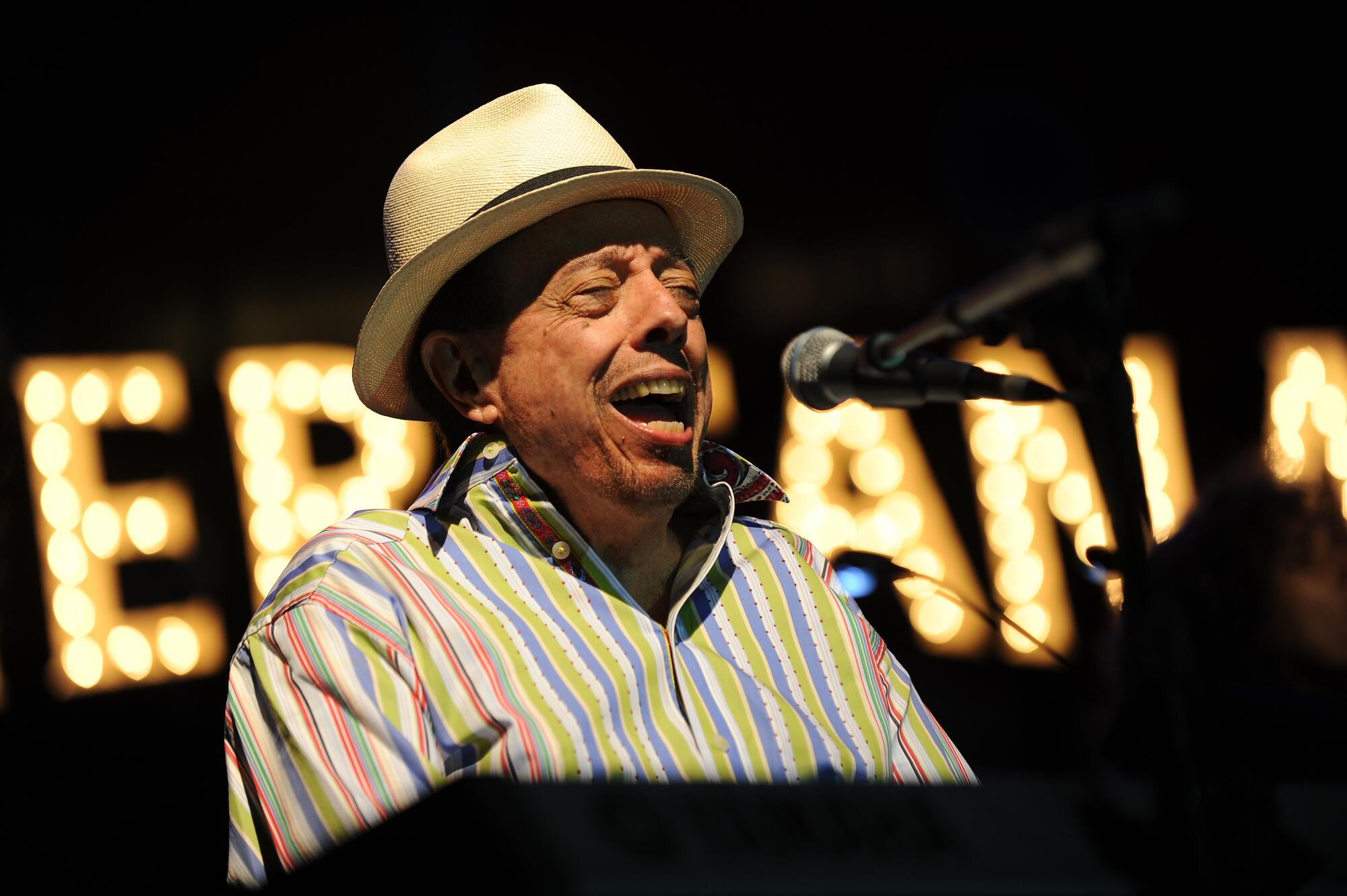
There’s been a steady “crescendo,” as Mendes put it, of Brazilian melodies in the years since Brasil ’66 that have altered the perception of the sound in the U.S. “It didn’t become just a fad,” Mendes said. “Brazilian music became something that Americans like to listen to. It makes them feel good.”
He likes to return to this idea of feeling good. His music affects his listeners in this way. But you also get the sense that he, too, feels good while playing. The last year robbed musicians of live performance. But finally, after over a year and a half of the pandemic, Mendes will be back onstage at the Hollywood Bowl — his “favorite place, a magical place.” There is something special for him about playing in Los Angeles, he said conclusively: “This is my home.” And added, “There’s this thing of being with your neighbors. You’re with the people who live in the same city, who live the same things. There’s this identification with the audience here.”
Brazil will always be his inspiration but the other half of Mendes’ story is how he shared, with a generous heart, Brazilian music with the city of Los Angeles. When Mendes gives concerts, he still plays those songs from decades ago — he knows that people want to hear them but he also enjoys performing them. It must be moving to give a part of yourself that you partially left behind and watch it live on in a new culture. It must be exhilarating, painful and joyful all at once.
Elisa Wouk Almino is a senior editor at Hyperallergic and translation instructor at UCLA Extension.
